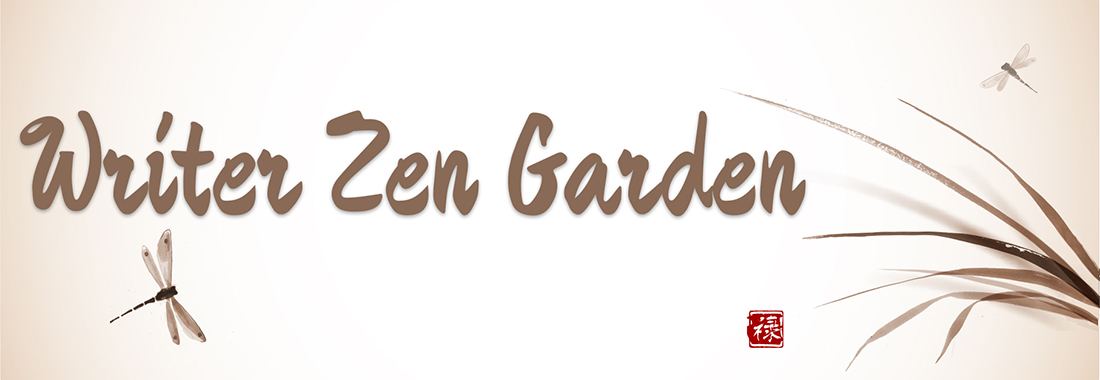We’ve all seen it in the movies and read it in books: the time-worn image of a writer sitting down to his typewriter (or computer these days) to write a book. The author is always alone, in a nifty little office with an old fashioned desk, a shelf full of books, a few quaint decorations, and a window with a lovely view. The setting outside the window varies, but the one thing always there is the idea of writing alone. How true is it?
My best answer is it is and it isn’t. Writing, for the most part, can be a very solitary profession. There is no substitute for physically sitting down, on your own, and getting the words on the page via whatever medium you use, be it typewriter, computer, or pen and paper. A s such, no one can bring to life the stories in your head besides you. Time to focus, without distractions, is a must and this is best done alone. When we really get into the writing groove, when the words are flowing and the story is good, the characters alive, the least interruption, one phone call, can totally derail you. We need time with the people in our heads here, perhaps not the people in real life.
But what about the other times? What about the night last week when you had a sticky plot point and could have used some advice? What if you just received a revise & resubmit request and need an opinion on the notes? What if you need technical information on how to saddle a horse or make nitroglycerin (for example)? There is always the internet for research but for other things — advice, sympathy, a pat on the back, or someone to cheer with — you need other writers.
There is no substitute for having author friends to commiserate with you over a rejection, or look over your chapters to see what’s going awry, to cheer with you over your latest sale, or even talk shop with over your process. Some of us are lucky to have people locally for this whether it’s local writing groups or local chapters of national writing organizations. Whether you have writers at hand or don’t, there is always the internet. Writing groups flourish online. Forums, writing blogs, online chapters of organizations, the list is endless. Add in smaller crit groups that form among the patrons of these online groups and you can spend 24 hours a day socializing. It’s a wealth of knowledge, help, and much needed socialization with people who understand what it means to have imaginary people talking in your head.
So back to my original question. Solitary or not? I can honestly say that I think this writing gig is the best of both worlds. Now I am back to my desk, and my window with the gorgeous view of the Montana mountains.
